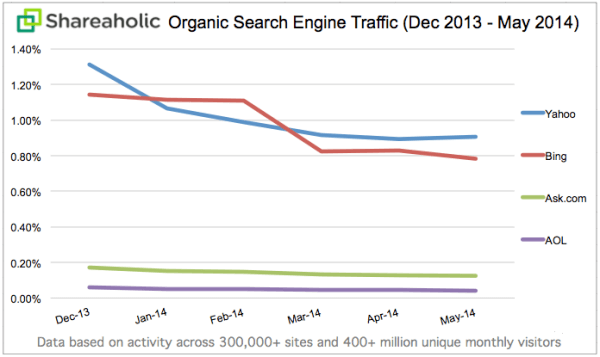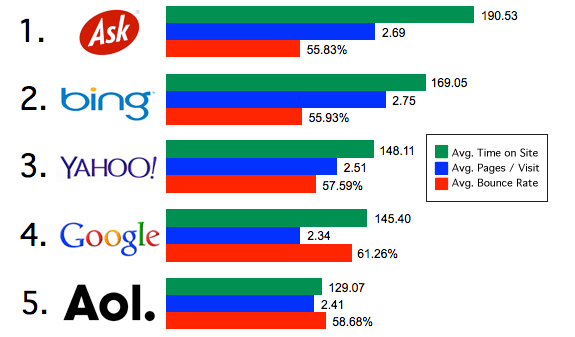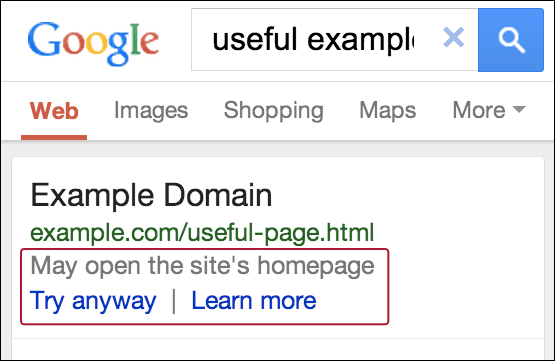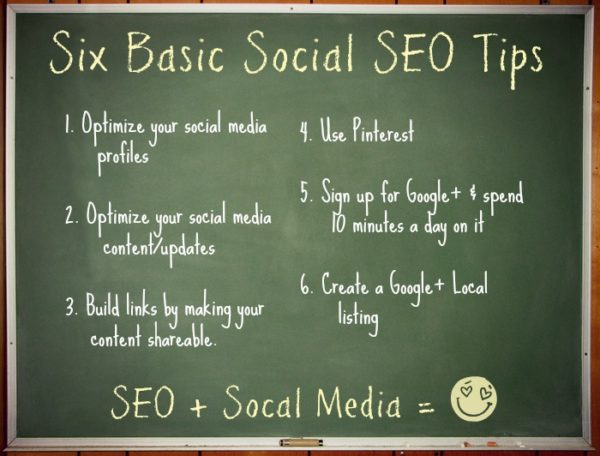In off-page technique of SEO, link building process is a time taking, so this link building process may be tempting to take shortcuts. But in email outreach process should always take the time to do.
Email Outreach Method
In terms of SEO industry, Email outreach process is preoccupied with automating. But this method is most commonly used by webmasters.
What is the correct email template we have to use to get back links?
This is common technique for couple years back. It fills our mail inbox with flurry of guest blog requests on daily basis. But now a days, group-on promotions are huge when compare with guest blog request.
So need to follow some simple tips, how to approach with email outreach. With below tips, it will cut down the spam emails to recipients.
Stop Over Automating
First stop sending mass emailing to 500 id’s with the same matter and same template. It will get good results. Instead of thinking about how can create time saving email template, think of which automation tools need to use.
First step is identifying a list of potential publications, websites or tools to get content featured within. BuzzSumo is a best tool for finding themed websites of your content. Then find out editor or columnist of that content then send them to email about your content. Invest time to create good content that reach directly to publications.
Crafting Email Pitch
After preparing content, it’s the time to start crafting email pitch. This means content should be share with themed publications only. So try to find themed publications and send them emails.
Email Template Tips
- Outreach email template should be within 190 words.
- Addressing the recipient with the name only.
- Should be clear brief introduction about yourself and your client’s info.
- The email pitch must be share direct point instead of unnecessary points.
- Never send full length information at first time only until we get the response from recipient.
- Use some bullet points to reach your content clearly to recipient.
- Make sure to tell the benefits of your content to publishers.
- In email, subject name not exceed 55 characters and the name includes content idea.
Conclusion
Be realistic with publications about your content and stop over automating email outreach.








 Apart from this example clearly being spam, was it ever a better idea to create press releases exclusively for links, which were created exclusively for rankings? No – again that is an illustration of a manipulative practice, individually meant to manipulate rankings.
Apart from this example clearly being spam, was it ever a better idea to create press releases exclusively for links, which were created exclusively for rankings? No – again that is an illustration of a manipulative practice, individually meant to manipulate rankings.





















